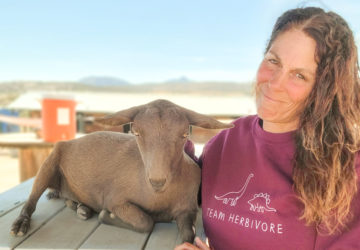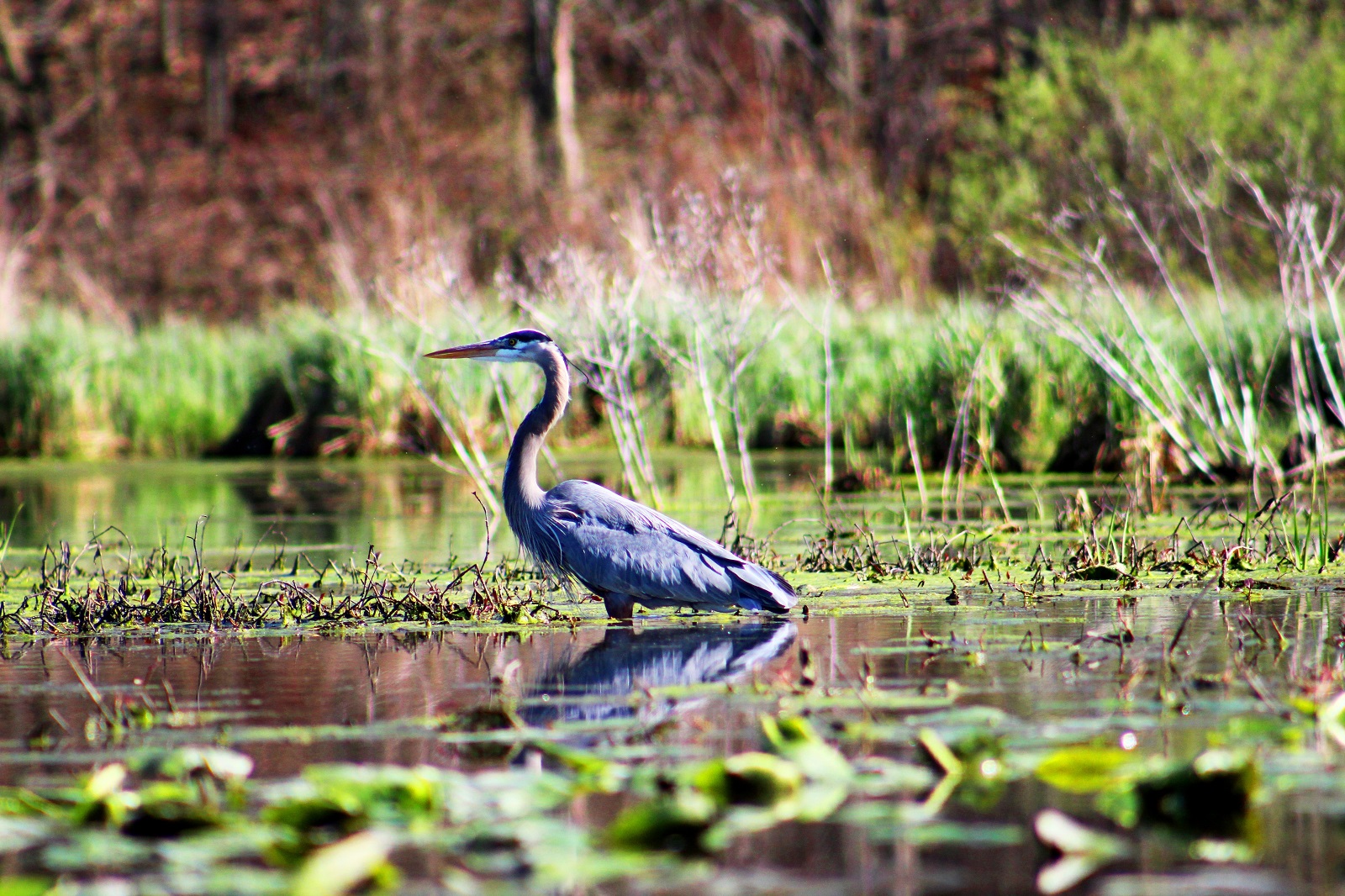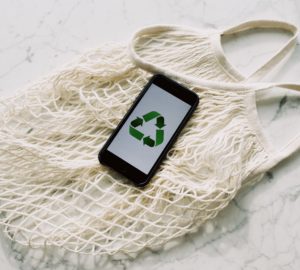64% of all wetlands have disappeared – why it matters (and how to help)
At Wholesome Culture it’s part of our mission to do everything we can to have a positive impact on the earth. There’s no planet B after all!
If you want to protect the environment like us, getting to know landscapes to preserve is a must!
What is a wetland?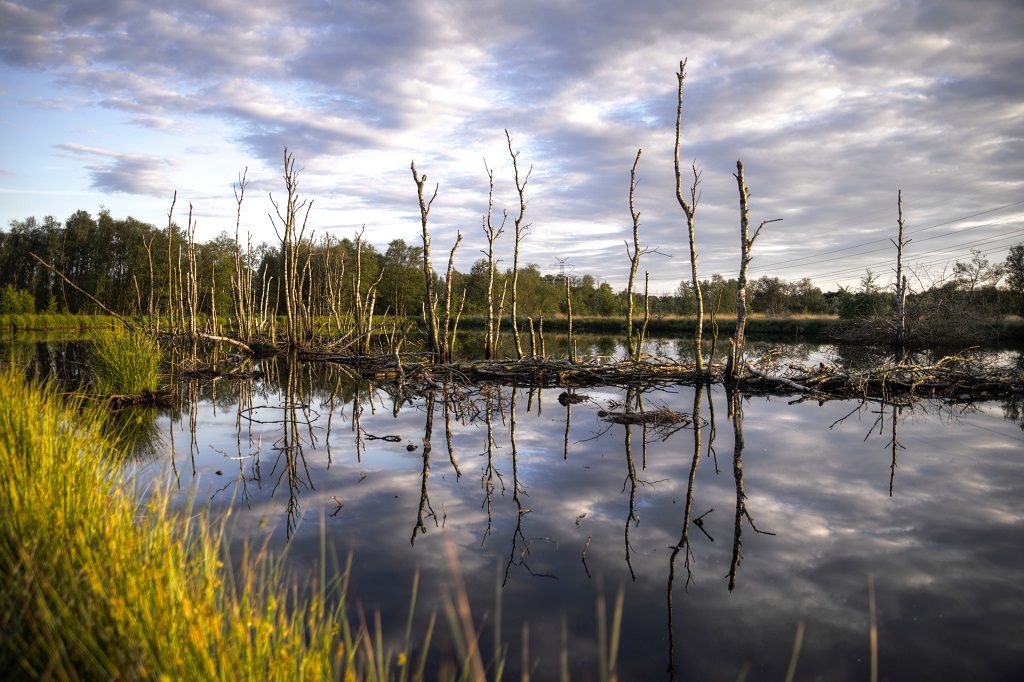
According to the US Environmental Protection Agency, wetlands refer to any area where water covers the soil for an extended period of time during a typical year. This includes swamps, marshes, bogs, riverbanks, mangroves, floodplains, and rice fields.
The presence of water promotes the development of hydrophytes, a special type of plant on which multiple species such as waterfowls, beavers, fish, and other invertebrates depend on for food.
Wetlands are found in every continent, except Antarctica. They can either be near a coast or inland, close to river beds.
Why wetlands are so important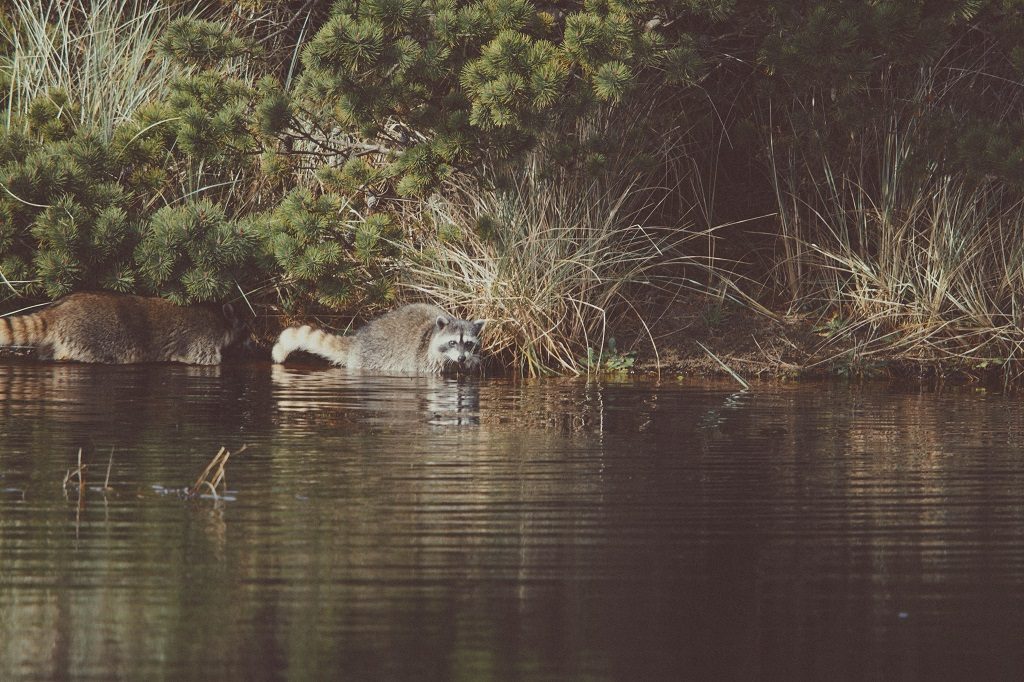
Wetlands are habitat to thousands of plant and animal species.
Apart from being a shelter and area of reproduction for fish, shellfish, and migrating birds (among many others), wetlands are also of importance to humans.
They protect shorelines from flood and erosion. They also act as a buffer against storms and are natural reservoirs, which is important for maintaining water quality.
How to do your part to protect wetlands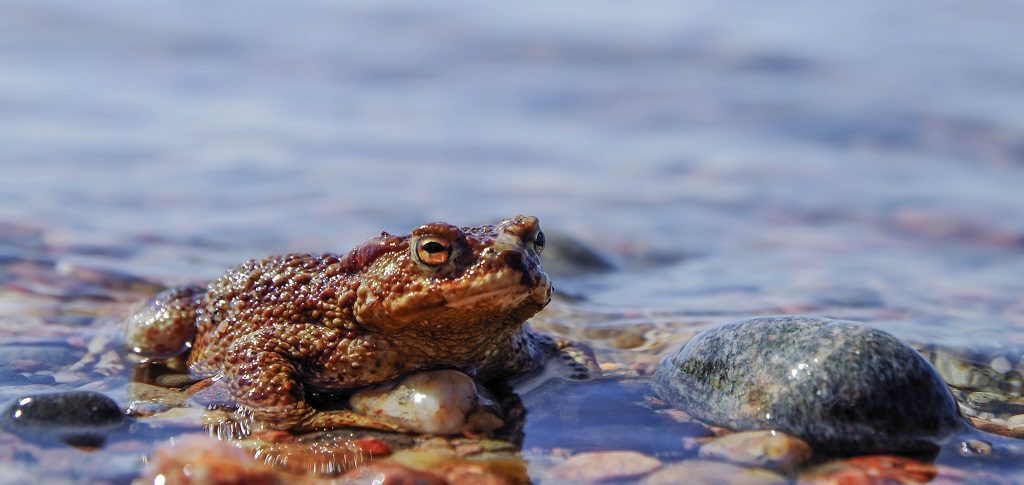
According to Wildlife Preservation Canada, 64 percent of all wetlands have disappeared in the last century.
This is largely due to human activity; draining wetlands for commercial developments, agricultural use, and extraction of minerals.
Pollution from pesticides and industrial waste being dumped into wetlands also pose a major threat.
Thankfully, there are a few things we can do to reverse the damage done to wetlands and prevent future destruction:
1. Adapt your lifestyle
There are simple things you can do daily that will help prevent wetland destruction, including:
- Using phosphate free laundry and dishwasher detergents
- Picking up and disposing of litter whenever you see it
- Using unbleached recycled paper products (bleached paper contains chemicals that contaminate water)
- Using natural cleaning products
2. Donate to Wildlife Preservation
Check out your country’s Wildlife Preservation organization.
If you’re in the US, you can donate directly on the National Wildlife Federation’s website.
If you’re in Canada, you can donate on the Wildlife Preservation Canada website.
These types of organizations work hard to preserve natural habitats of all sorts, including wetlands.
They also advocate on behalf of wildlife against multiple threats such as human exploitation of land and climate change.
3. Get involved
Don’t have money to spare? Don’t fret!
You can still participate in awareness events for local wetlands or even organize your own (like group trash pick up day)!
4. Raise awareness
Share this post to your social media accounts!
Want to know more ways you can make a difference for the environment? Here are some reads that will interest you!
- 11 easy eco-friendly habits you need to adopt now
- 5 easy ways to conserve energy and be eco-friendly this winter
- 7 powerful books for a kind and sustainable



